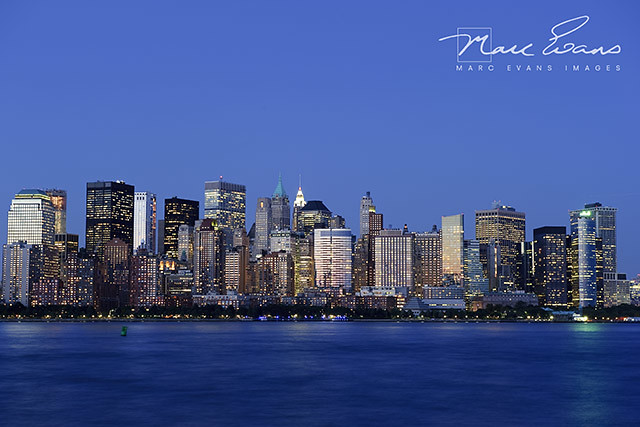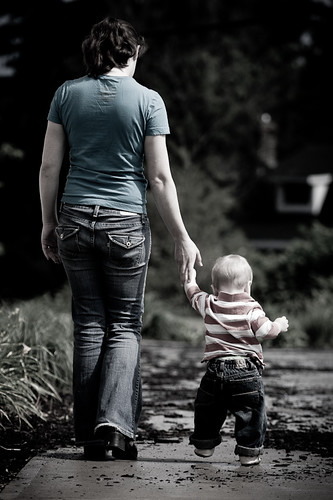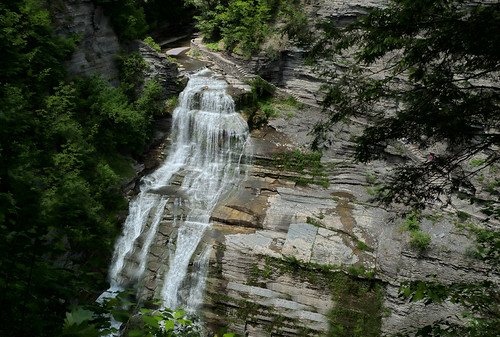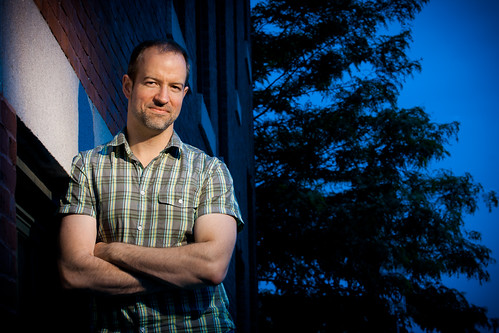You are using an out of date browser. It may not display this or other websites correctly.
You should upgrade or use an alternative browser.
You should upgrade or use an alternative browser.
Member's Photo Gallery
- Thread starter Jcsgt
- Start date
Please register or login
Welcome to ScubaBoard, the world's largest scuba diving community. Registration is not required to read the forums, but we encourage you to join. Joining has its benefits and enables you to participate in the discussions.
Benefits of registering include
- Ability to post and comment on topics and discussions.
- A Free photo gallery to share your dive photos with the world.
- You can make this box go away
Very nice Soggy (as usual). Like them both.
Currently on a little vacation trip to US & Canada, so getting in some photography.
Fooling with the high ISO capabilities of the D3s...
ISO 7,200

... and NY city from Liberty State Park.

Currently on a little vacation trip to US & Canada, so getting in some photography.
Fooling with the high ISO capabilities of the D3s...
ISO 7,200

... and NY city from Liberty State Park.

ScubaSteve
Wow.....what a DB
This one is stunning Marc


Soggy
Contributor
Hammerhead
Contributor
Your's truly taking the plunge

Bungee jumper having just jumped the 111m bridge.

Is that Bloukrans Bridge? If so, you and I have done the world's highest bungee jump!
Seriously :cool2: dude.
Edit. It's not Bloukrans. My mistake. You're not cool after all :mooner:
Deefstes
Contributor
- Messages
- 1,396
- Reaction score
- 49
- # of dives
- 100 - 199
Is that Bloukrans Bridge? If so, you and I have done the world's highest bungee jump!
Seriously :cool2: dude.
Edit. It's not Bloukrans. My mistake. You're not cool after all :mooner:

Deefstes
Contributor
- Messages
- 1,396
- Reaction score
- 49
- # of dives
- 100 - 199
Awesome shot Marc and nice story accompanying it. The behaviour is indeed unusual as large raptors do tend to have a very skittish habit.
The bird is a Barn Owl (Tyto alba) and the orange colouration on the upperparts and speckles on the breast and belly is typical of the north American subspecies (T. a. pratincola). Three things might be worth mentioning.
Owls generally try to avoid flying in daytime because it exposes them to other diurnal raptors which would come down on them like a ton of bricks. I've seen a Barn Owl being attacked by a Steppe Buzzard (something similar to your Red-tailed Hawk) and the poor Owl came second by a big margin. It is odd though that your bird appears to be sitting in the open, seemingly unperturbed by the dangers of exposing itself to diurnal raptors. I can't quite make out from your pictures how much tree cover there was above the bird but if there was it might have given it the illusion of safety and therefor make him reluctant to fly.
Secondly, and I wouldn't be surprised if this was the case. These Owl prey on rodents which most suburban house owners actively attempt to eradicate. Unfortunately many of the rodent poisons that people use are equally poisonous to the owls that prey on the rodents and I have seen a Spotted Eagle-Owl in a very bad shape (also in broad daylight) which was presumably suffering from eating a poisoned rat.
Thirdly, I'm not very familiar with the colour forms of the birds you get over there but I do find that reddish colour on the belly a bit peculiar and it seems to be concentrated around the left leg. Could it be blood from a rodent it had recently killed? Could it have sustained some kind of injury itself (shot by a neighbourhood kid, flying into a garden fence or telephone wire)? This would also explain the bird's tardiness.
The bird is a Barn Owl (Tyto alba) and the orange colouration on the upperparts and speckles on the breast and belly is typical of the north American subspecies (T. a. pratincola). Three things might be worth mentioning.
Owls generally try to avoid flying in daytime because it exposes them to other diurnal raptors which would come down on them like a ton of bricks. I've seen a Barn Owl being attacked by a Steppe Buzzard (something similar to your Red-tailed Hawk) and the poor Owl came second by a big margin. It is odd though that your bird appears to be sitting in the open, seemingly unperturbed by the dangers of exposing itself to diurnal raptors. I can't quite make out from your pictures how much tree cover there was above the bird but if there was it might have given it the illusion of safety and therefor make him reluctant to fly.
Secondly, and I wouldn't be surprised if this was the case. These Owl prey on rodents which most suburban house owners actively attempt to eradicate. Unfortunately many of the rodent poisons that people use are equally poisonous to the owls that prey on the rodents and I have seen a Spotted Eagle-Owl in a very bad shape (also in broad daylight) which was presumably suffering from eating a poisoned rat.
Thirdly, I'm not very familiar with the colour forms of the birds you get over there but I do find that reddish colour on the belly a bit peculiar and it seems to be concentrated around the left leg. Could it be blood from a rodent it had recently killed? Could it have sustained some kind of injury itself (shot by a neighbourhood kid, flying into a garden fence or telephone wire)? This would also explain the bird's tardiness.
Thanks for the info & ID. There is a tree behind it, but sitting on the wall leaves it out in the open. My neighbor said that she has seen it in the tree before on a few occasions.
When I first saw it I thought it might have been sick, but when it 'woke' and flew off, it looked normal. No limping or lethargic flight.
I keeping looking out for it.
When I first saw it I thought it might have been sick, but when it 'woke' and flew off, it looked normal. No limping or lethargic flight.
I keeping looking out for it.
cdiver2
Contributor
There is no telling on behavior as we don't see them that often. Recently a neighbor told me he had seen two snakes in his back yard (none poisonous) he picked them up, one in each hand to show the kids. As soon as he had picked them up an owl (that he had not seen) swooped down from a tree and attempted to land on his head. This continued until he put the snakes down in a bush, this also was in daylight.
Each evening I put a small dish of cat food in the back yard in front of a green landscape light and opossums come every night, I sit in the lani and watch them. I have been doing this for about 4-5 months. I have noticed that quiet often after eating they will move from the center of the lawn to the edge of a line of bushes and plants and sit and clean there face with there paws, like a cat. One evening last week after it had rained all day an opossum came ate the food then moved to a large leafed plant (about 3ft x18in) and started rocking back and forth!. Interested in what it was doing I moved closer and saw that it was washing its face on the still wet leaf. I had never seen anything like this before
Last night sitting in the lani waiting for the opossums to come one came but was extremely cautious. It moved very slowly sniffing the air every couple of steps. I had seen this behavior before and it usually means there is another opossum somewhere near and it is usually the bigger one that will get the food they will not share. So I am looking along the edge of the bushes to see where the other one is, nothing. Then I see a slight movement under a bush. I creep forward cross over to the other side of the pool to get a better look, it looks like a bit of dead vegetation then it moves. Its a Raccoon laying on its side like its dead or injured and some of the cat food had gone. At first I thought it was laying in ambush for the Opossum who by now was about five feet from it, every time the Opossum moved a set the Raccoon would lift its head look around then lay down again. I taped on the metal post of the bird cage around the pool and the Opossum took off, the Raccoon just looked in my direction then laid its head down again. My wife and I started talking about what to do with it if it was injured when it got up and took about five steps away from us, it must be ok.
I ran in the house got the camera and let myself out of the lani into the back yard about 16 ft from the Raccoon. The Raccoon came back to the cat food and never batted an eye whilst I spent the next 10 min taking photographs with a flash.
You have some great photos there I am envious.
Each evening I put a small dish of cat food in the back yard in front of a green landscape light and opossums come every night, I sit in the lani and watch them. I have been doing this for about 4-5 months. I have noticed that quiet often after eating they will move from the center of the lawn to the edge of a line of bushes and plants and sit and clean there face with there paws, like a cat. One evening last week after it had rained all day an opossum came ate the food then moved to a large leafed plant (about 3ft x18in) and started rocking back and forth!. Interested in what it was doing I moved closer and saw that it was washing its face on the still wet leaf. I had never seen anything like this before
Last night sitting in the lani waiting for the opossums to come one came but was extremely cautious. It moved very slowly sniffing the air every couple of steps. I had seen this behavior before and it usually means there is another opossum somewhere near and it is usually the bigger one that will get the food they will not share. So I am looking along the edge of the bushes to see where the other one is, nothing. Then I see a slight movement under a bush. I creep forward cross over to the other side of the pool to get a better look, it looks like a bit of dead vegetation then it moves. Its a Raccoon laying on its side like its dead or injured and some of the cat food had gone. At first I thought it was laying in ambush for the Opossum who by now was about five feet from it, every time the Opossum moved a set the Raccoon would lift its head look around then lay down again. I taped on the metal post of the bird cage around the pool and the Opossum took off, the Raccoon just looked in my direction then laid its head down again. My wife and I started talking about what to do with it if it was injured when it got up and took about five steps away from us, it must be ok.
I ran in the house got the camera and let myself out of the lani into the back yard about 16 ft from the Raccoon. The Raccoon came back to the cat food and never batted an eye whilst I spent the next 10 min taking photographs with a flash.
You have some great photos there I am envious.
Similar threads
- Replies
- 0
- Views
- 173
- Replies
- 13
- Views
- 515
- Replies
- 12
- Views
- 692








